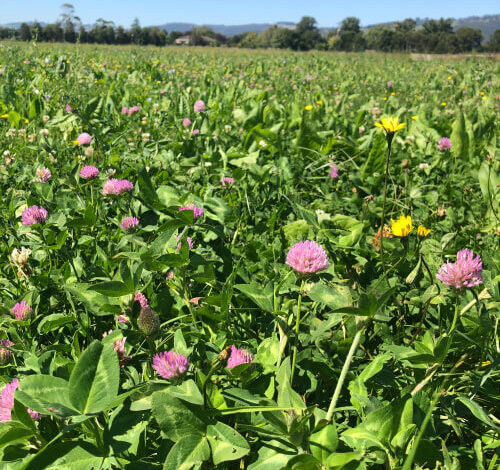
Do You Know Your Roots?
By Alison Fransoo, PAg, Agri-Environmental Specialist, North Battleford
Implementing a plan to seed perennial forages in the spring? It is typical to focus on what varieties to incorporate into our blend to suit the area based on overall moisture received, soil type including salinity and end use for hay or pasture; however, there is more to a forage blend than just varieties.
Most perennial forage biomass is underground and many functions are unseen. The rhizosphere is the area of the soil where plant roots, microbes and dirt intersect. Root-soil relationships have an impact on soil fertility and stability, as well as salinity, drainage and water uptake.
Let’s look at the different root types and benefits for production and soil.
If compaction is an issue in your soils, taproots in your blend can help. A taproot can function as a biological drill to create root channels through compacted soils allowing other forage components to grow through the compaction layer. Examples of forage species with taproots include alfalfa, sainfoin or clover. Some legume species have multiple varieties that offer different root systems; for example, alfalfa is available in taproot or fibrous root varieties. Research in Western Canada has linked lower soil compaction to reduced plant stress and risk of disease, lending to the importance of having a variety of root systems to reduce soil compaction.
Deep taproots allow plants to access moisture and nutrients located deeper within the soil helping to avoid the effects of short-term drought, compared to species with shallow, fibrous roots. Deep taproots, such as alfalfa, grow and transpire water from deep in the soil profile to help reduce salinity. Soil salinity is caused when high water tables bring salts to the soil surface. Planting salt tolerant perennial forages in saline areas to intercept salt-laden water before it reaches the soil surface, keeps salts below the rooting zone and thereby improve the growing conditions for forages and crops. Through deep roots that improve drainage, forages help to lower the water table level and thus reduce soil salinity.
Fibrous roots may vary on the depth they can penetrate in the soil. Grasses have fibrous root systems and are often described as bunch grass or sod forming. Bunch grass species are individual plants with fibrous root systems that leave spaces between plants making them more suitable for forage blends. Sod-forming species have a rhizome making them quite competitive, forming a tight web of plants with no open spaces. Fibrous roots are very effective at anchoring the soil, preventing soil erosion and promoting slope stability. This is a result of the formation of fibrous root systems near the soil surface.
Perennial forage species keep growing roots in the ground, providing environmental and soil benefits. Improvements include increased water infiltration, strengthening of soil structure and reduced erosion potential. Increasing the number and type of plant roots in soil through a perennial forage blend is an important ingredient for building healthier soils.
For more information on forage species selection or for funding for seeding tame forage, contact the Agriculture Knowledge Centre at 1-866-457-2377 or your local agri-environmental specialist.








































